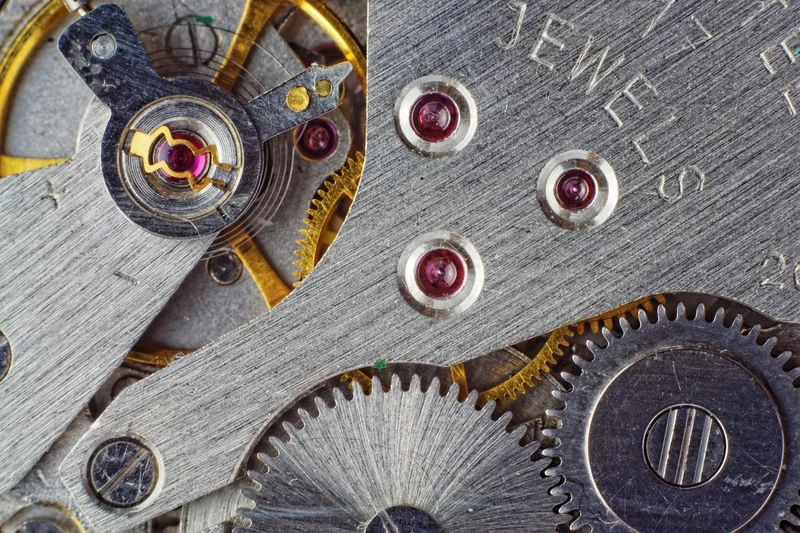Have you ever wondered what the inside of your watch or timepiece looks like? How does the watch movement functions and persevere? Oh, just in case you are not a watch or timepiece connoisseur, you ought to know watch movements, or watch assemblies, are the internal workings or the inside of a watch. Watch movements make the hands on the face of your watch move and keep a watch’s complications (a watch or timepiece’s other features, such as chronographs) working. They come in various sizes and shapes to fit into watch cases’ various forms and designs available in the market. Their thickness is measured in millimeters or an old French measurement unit (ligne) used in France and Switzerland. A watch movement’s parts are located between two plates: a front plate situated behind the face of the watch and shares the same shape as the movement, a backplate situated behind the case back of the watch and can have a different shape than the movement. Watch movements are generally divided into mechanical (gear or spring-powered) movements and quartz (battery-powered) movements. However, this article will only cover all you need to know about mechanical watch movements and why they will never go out of vogue.
Table of Contents
Mechanical Watch Movements
Simply put, mechanical watch movements are called as such because they aren’t powered by electricity. Instead, gears and springs are what power mechanical movements. There are two categories of mechanical movements: manual and automatic.
Manual Movements
Manual or hand-wound movements are the oldest kind of watch movement in history. Most of the time, manual movements will need regular or daily winding to tell the time accurately – if you have a watch with a manual movement, plan to wind your watch at the same time every day. However, some higher-end manual watches can store enough energy to run efficiently for a longer period of time without winding. Watches like the Seiko 5 Sports. Manual movements are the oldest and most immemorial movement available, and they can usually be found within more expensive, classically-designed watch cases and models.
Automatic Movements
Automatic or self-winding movements changed the watch movement scene in the 1900s. Gears and springs also power automatic movements; however, kinetic energy from the wearer’s natural movements causes an automatic watch to function. To put it simply, wearing your automatic watch throughout the day will automatically wind your watch. Automatic movements can accomplish this because of an additional watch component not present in manual movements: a watch rotor. A watch rotor is usually a semi-circular metal weight that can smoothly swing 360 degrees as your wrist moves. It’s also connected by an additional series of gears connected to the mainspring, which gets wound as you and the rotor move. As with manual movements, watch crowns can also wind automatic movements. Although regular or daily winding isn’t necessary for a watch with an automatic movement, one must plan on wearing it daily for optimum performance.
There will be those that will choose a watch or timepiece solely on its appearance, brand, or limited quantity. However, a true appreciator of watches & timepieces will also pore over their internal mechanisms or workings. Such internal mechanisms or workings are collectively called movements. Mechanical movements are especially prized by watch collectors and enthusiasts, even after advancements in watch and timepiece technology, because of the artistry and craftsmanship involved in making a mechanical movement. They are essentially works of art in motion. And like works of art, watches & timepieces with mechanical movements can last a lifetime – or perhaps more than our time on this earth can allow.
Visit the rest of the site for more articles.

